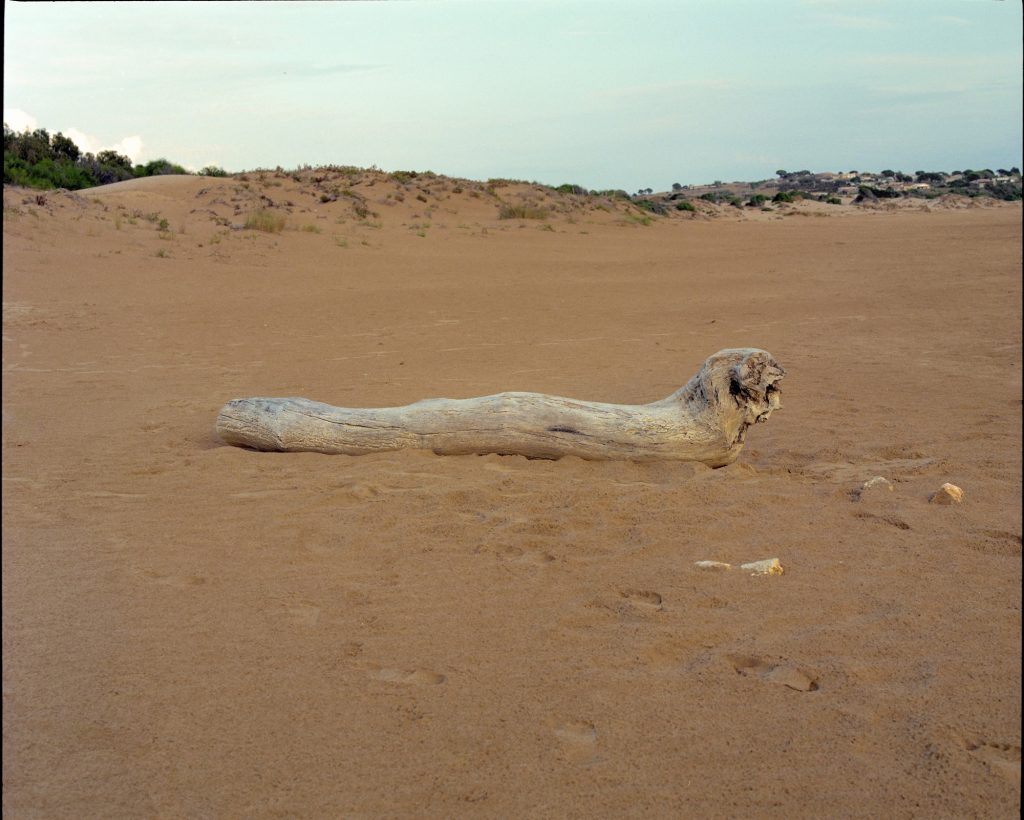
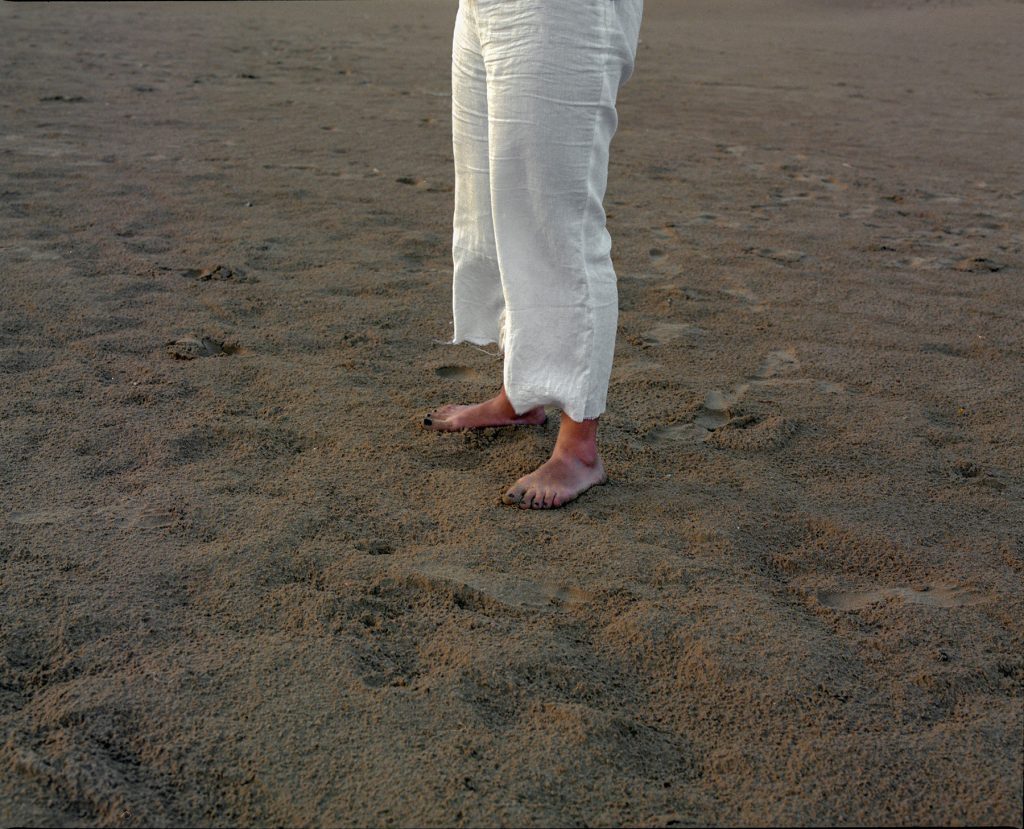
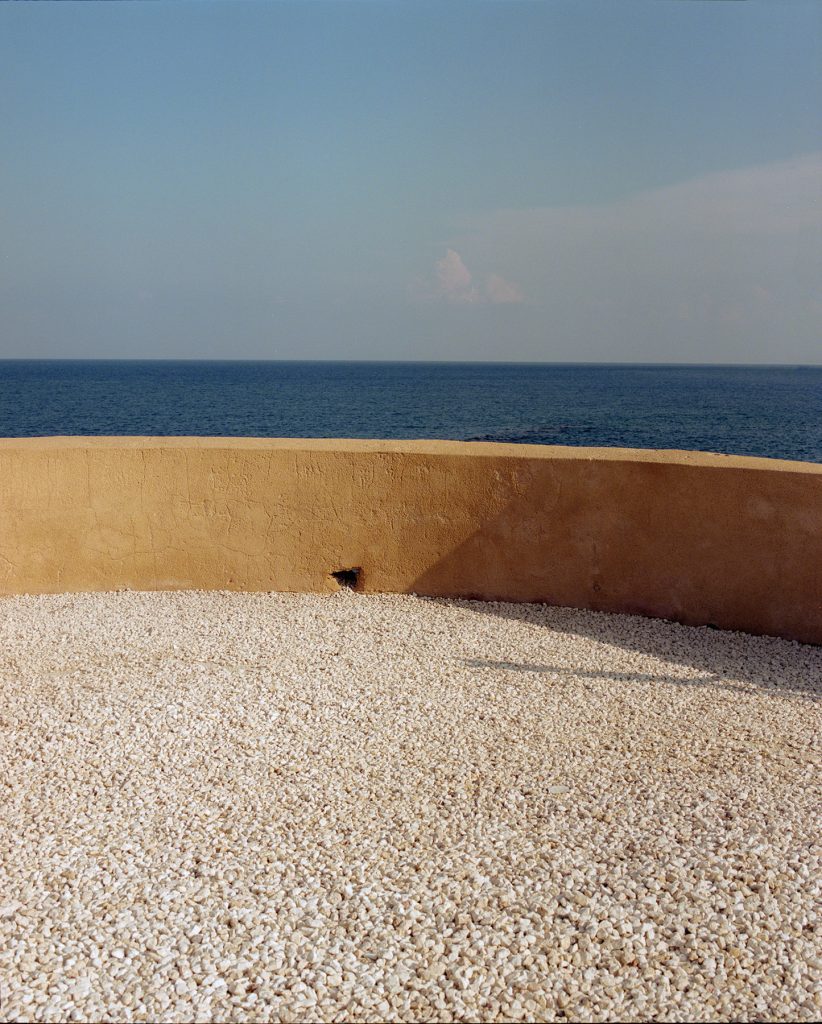
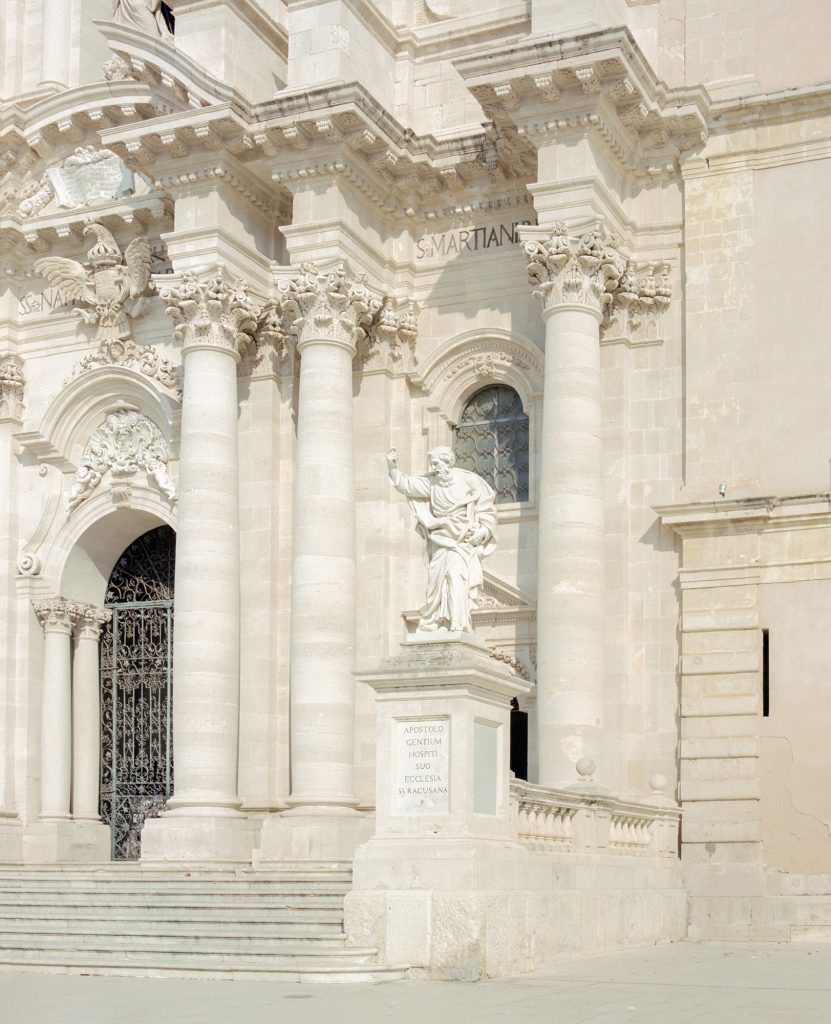
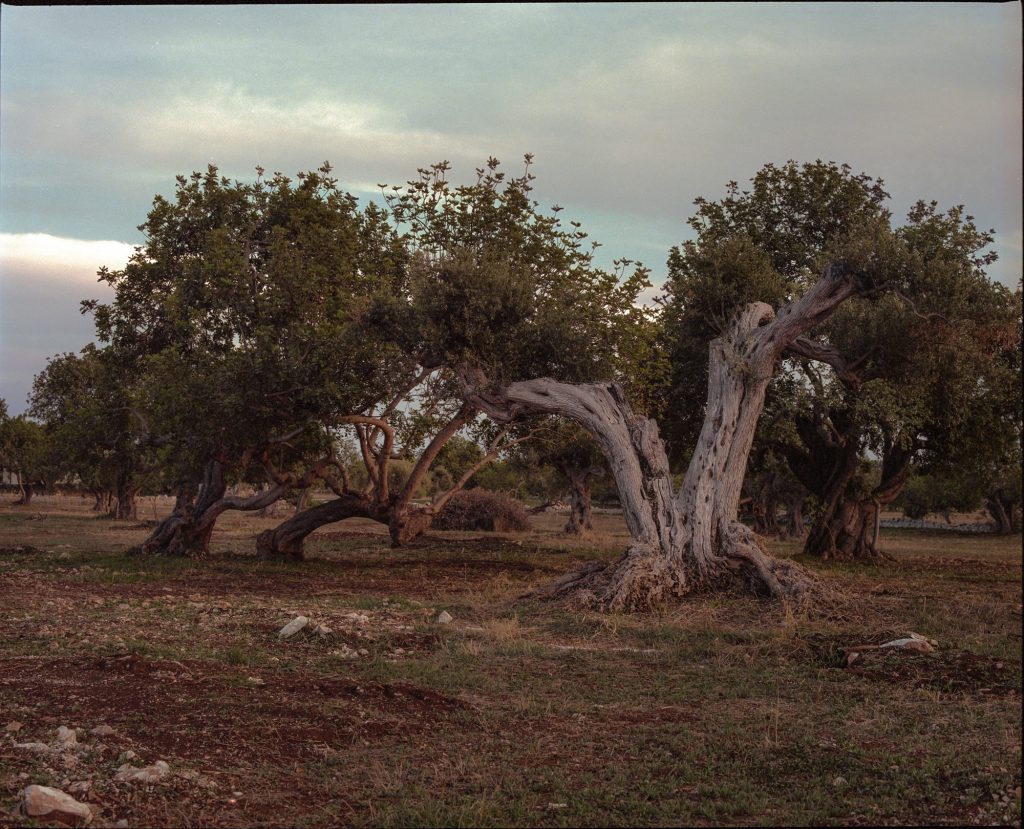
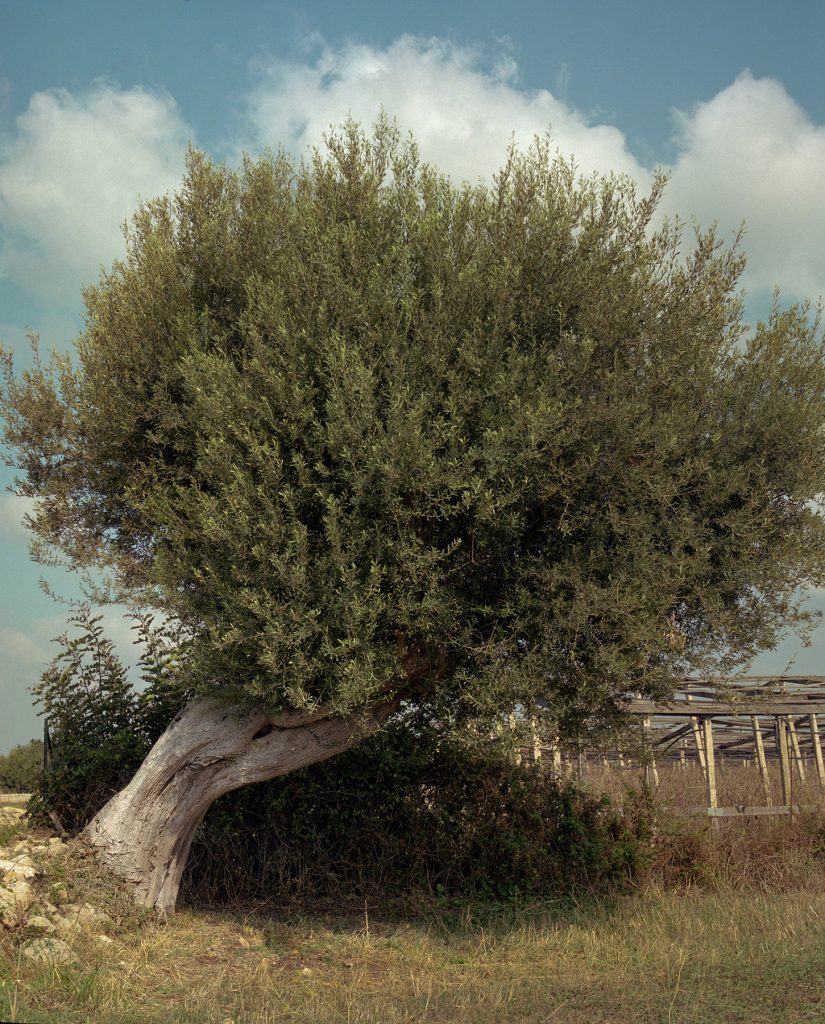
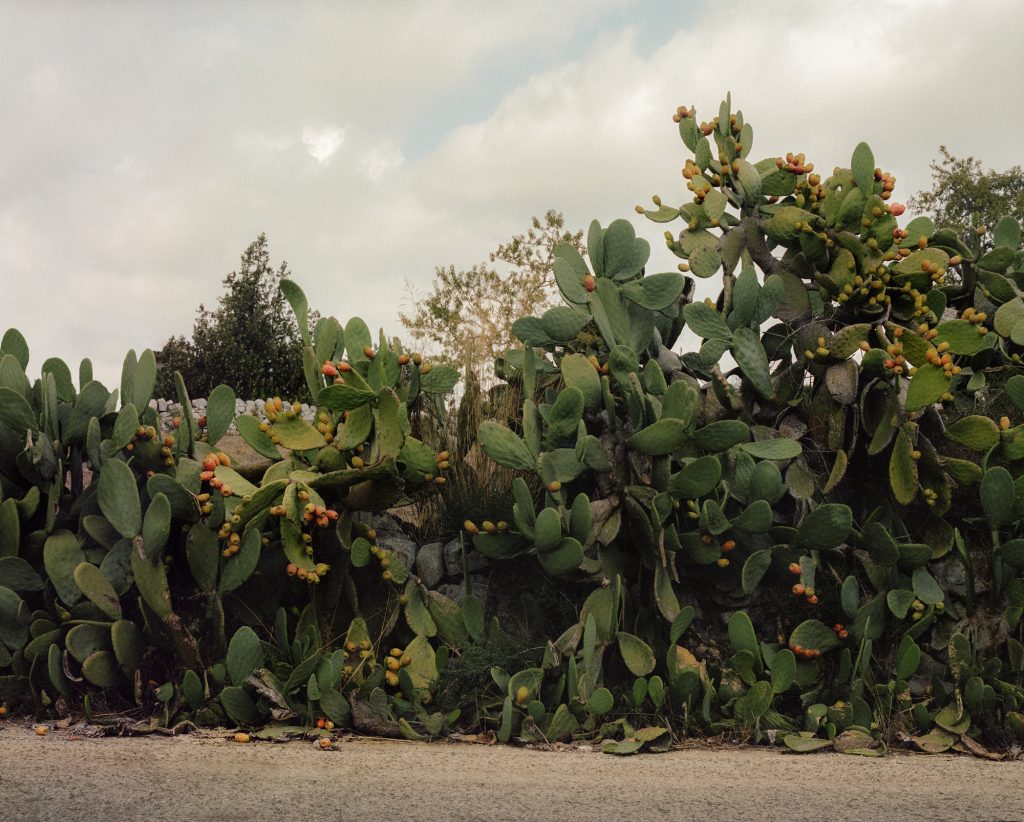
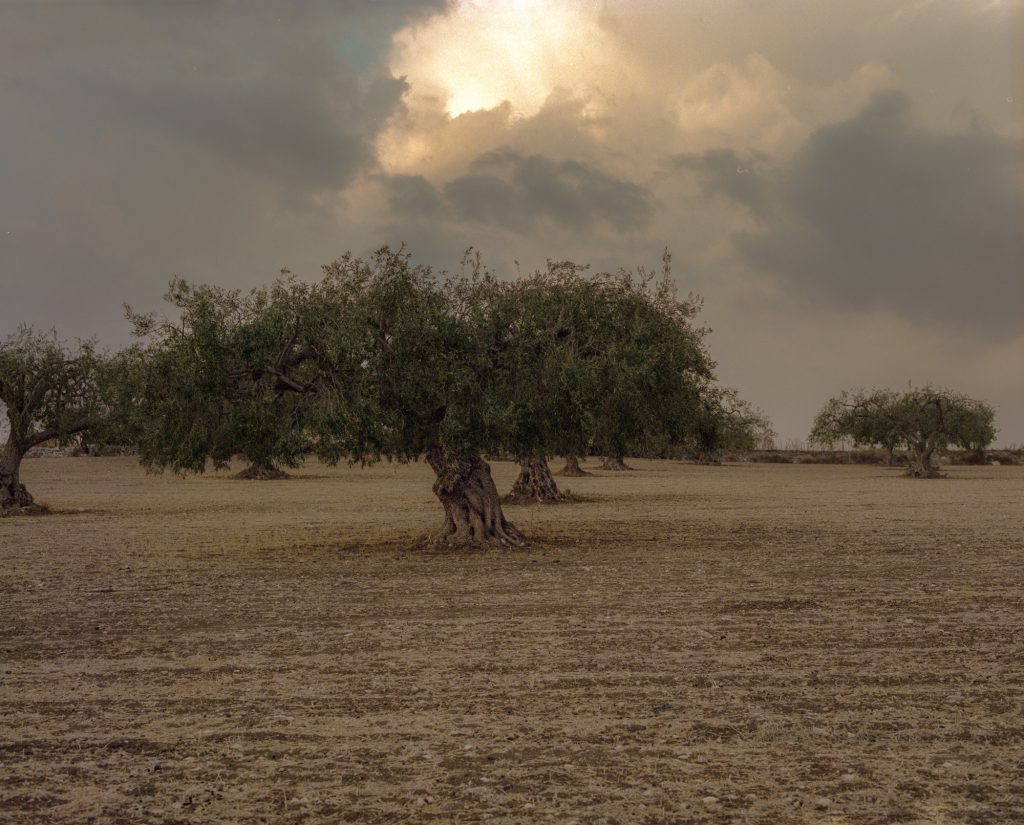
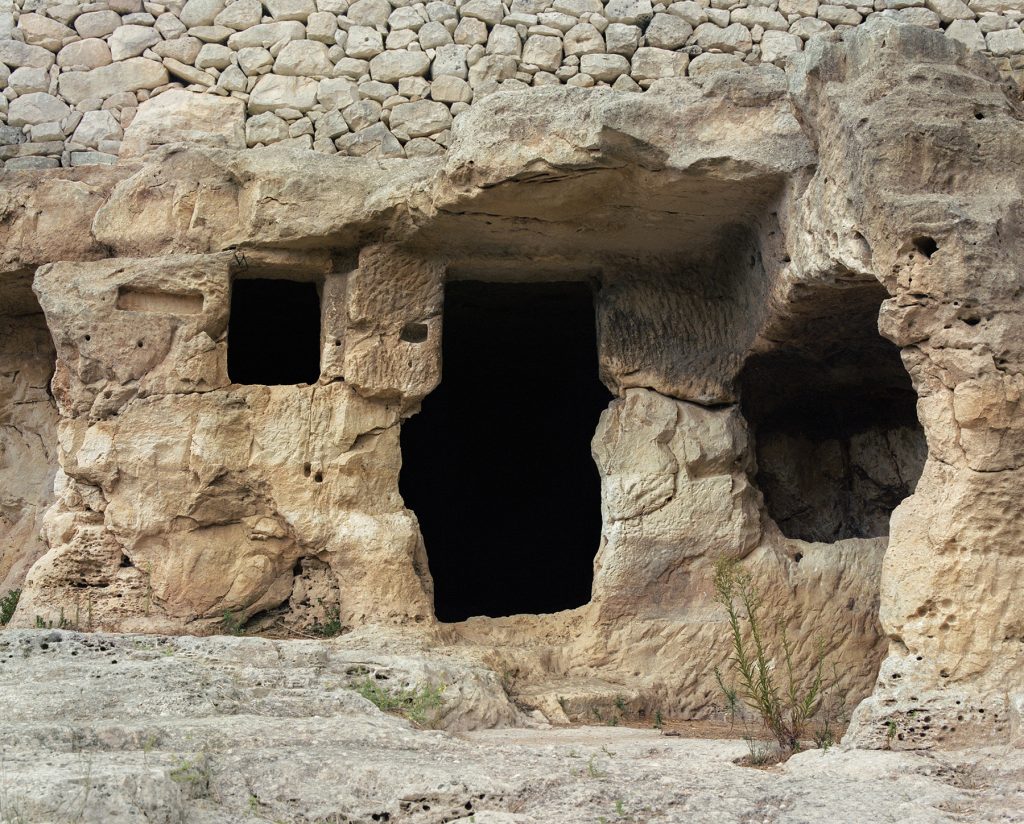
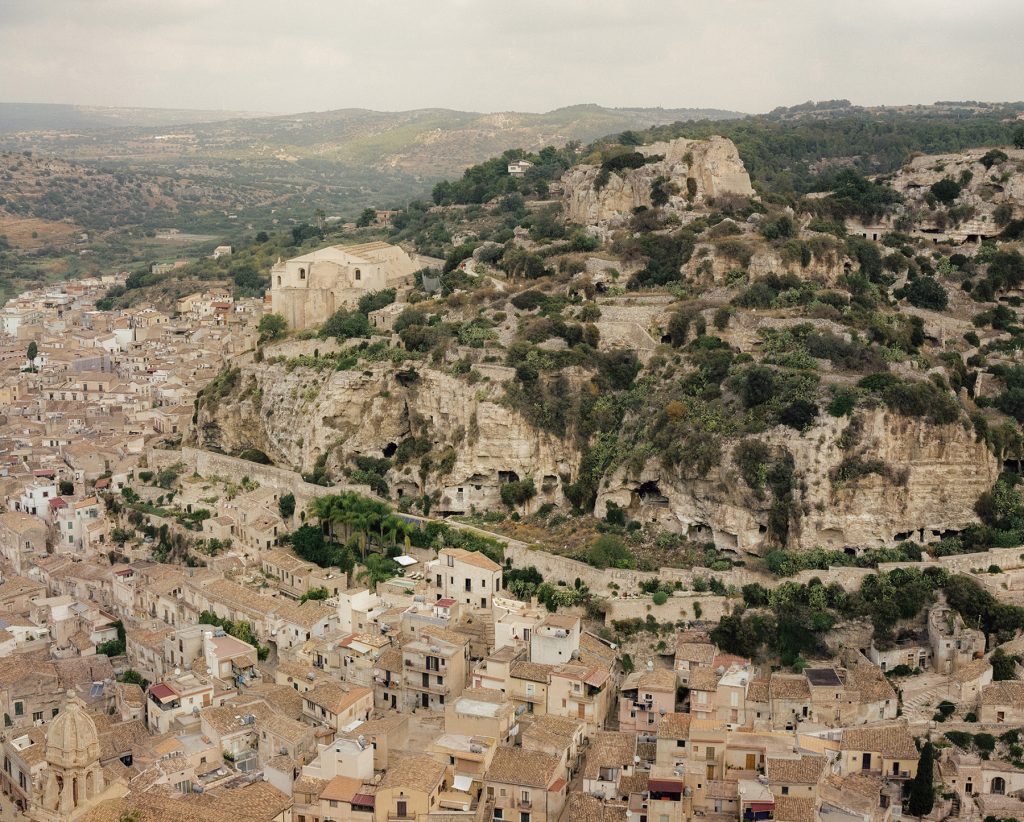
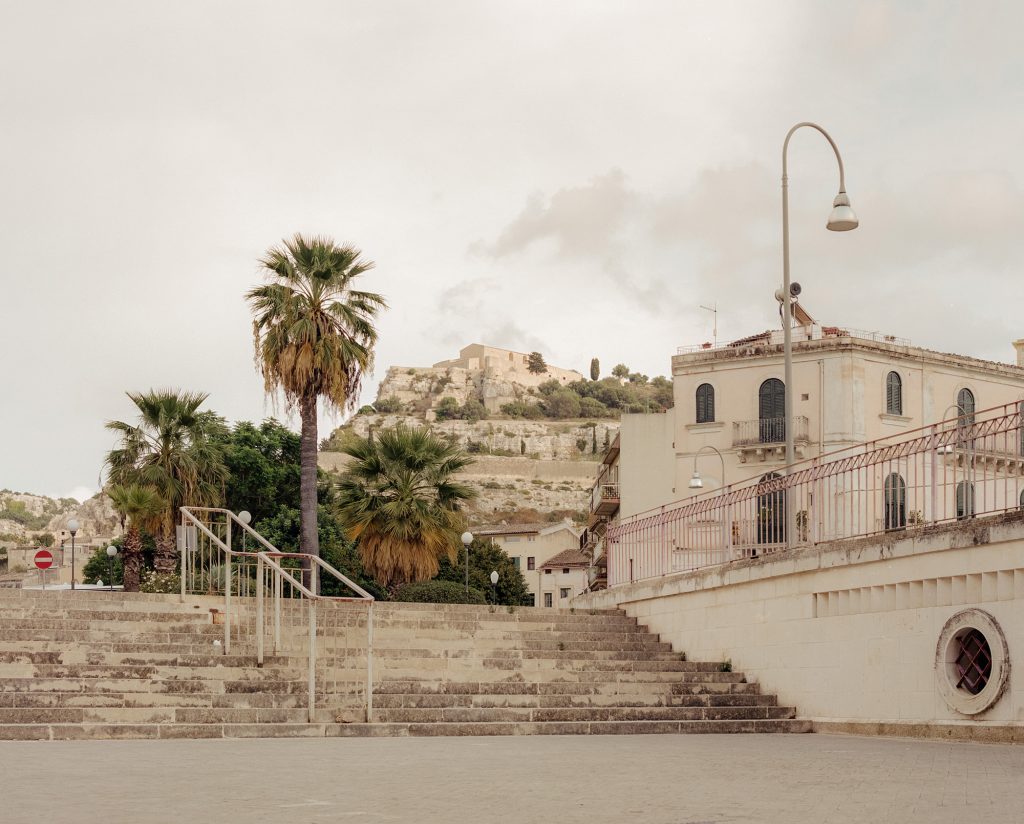
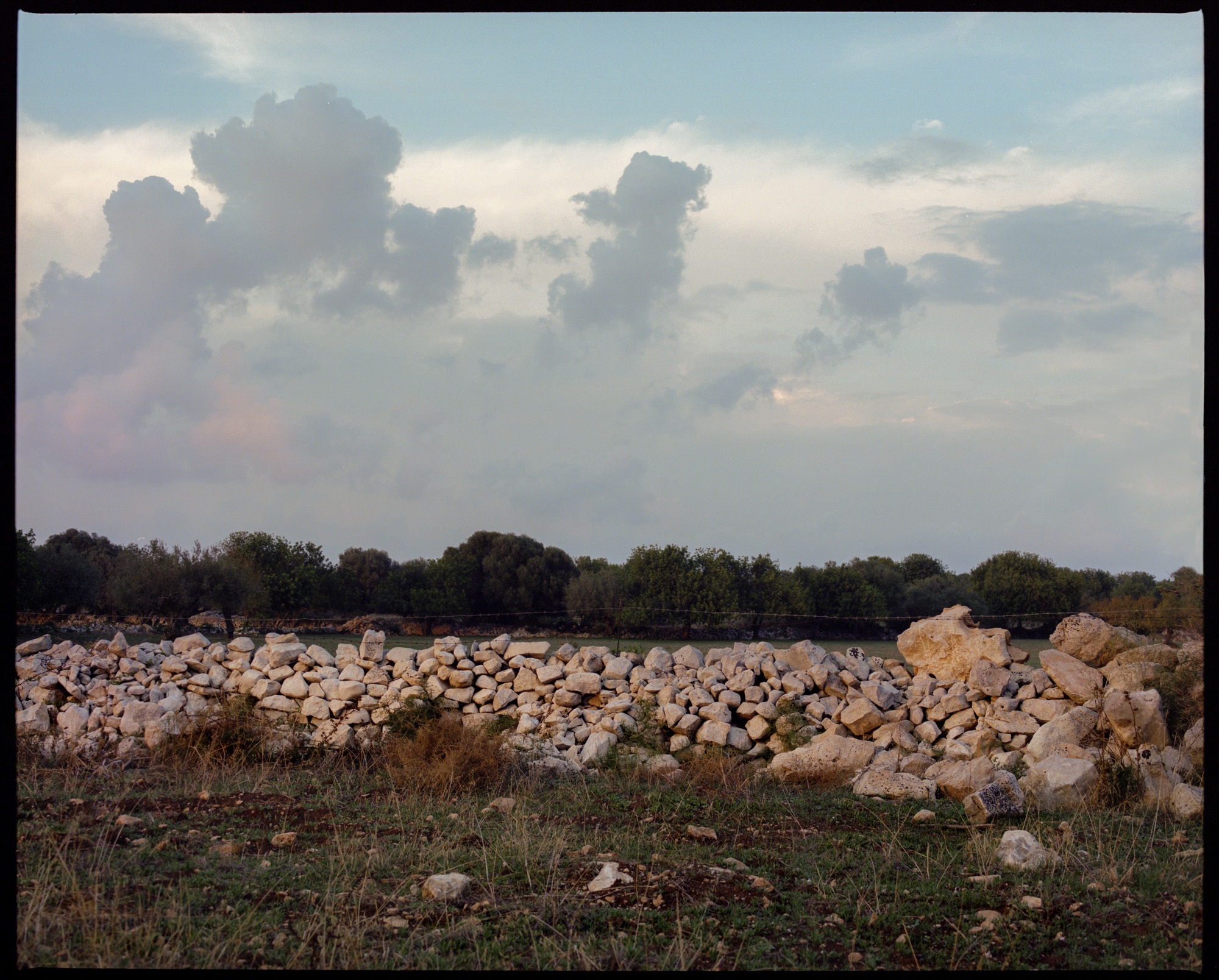
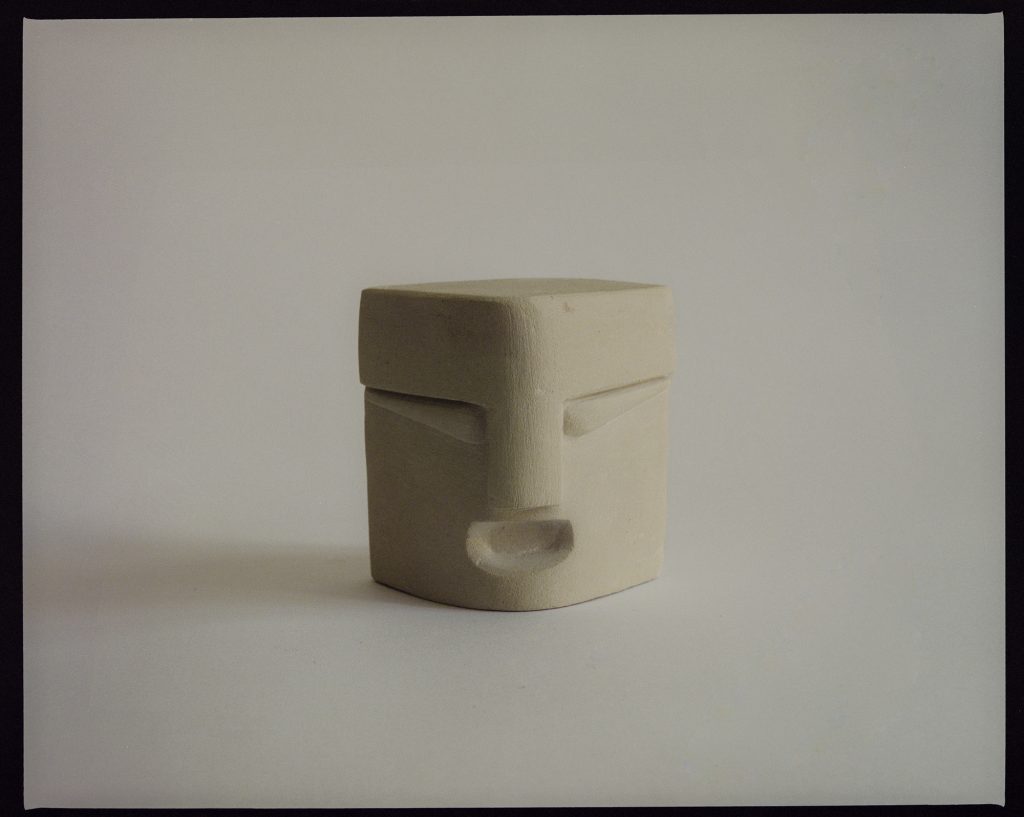
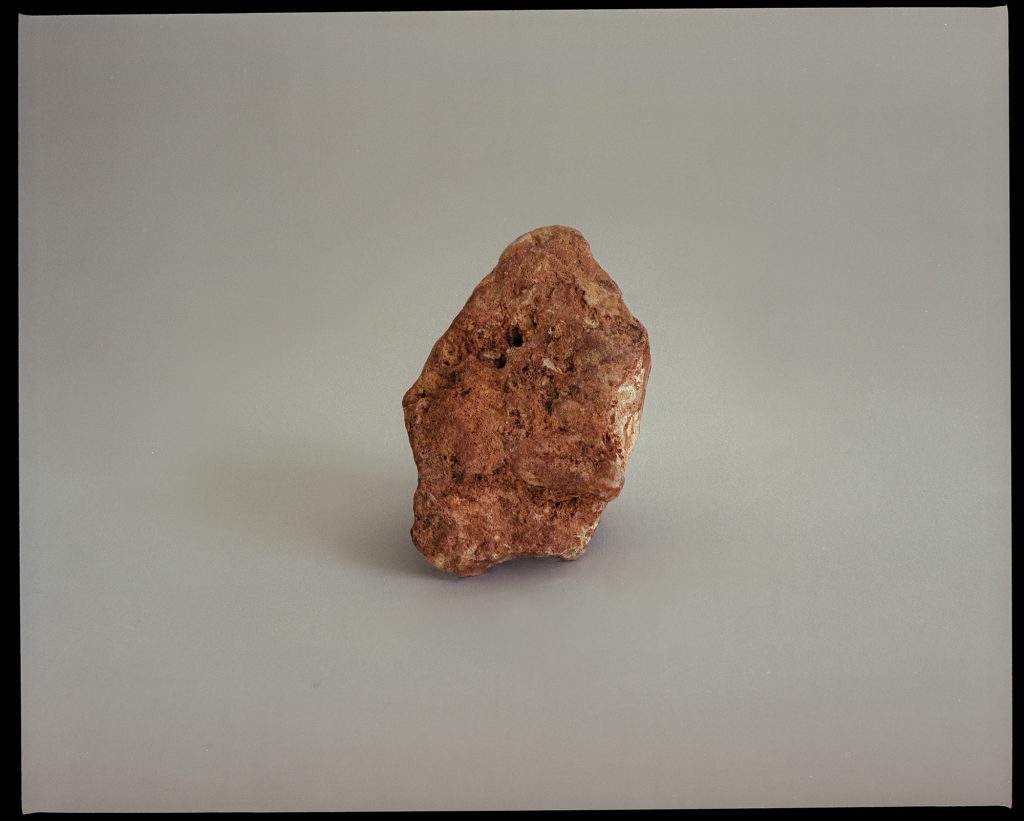
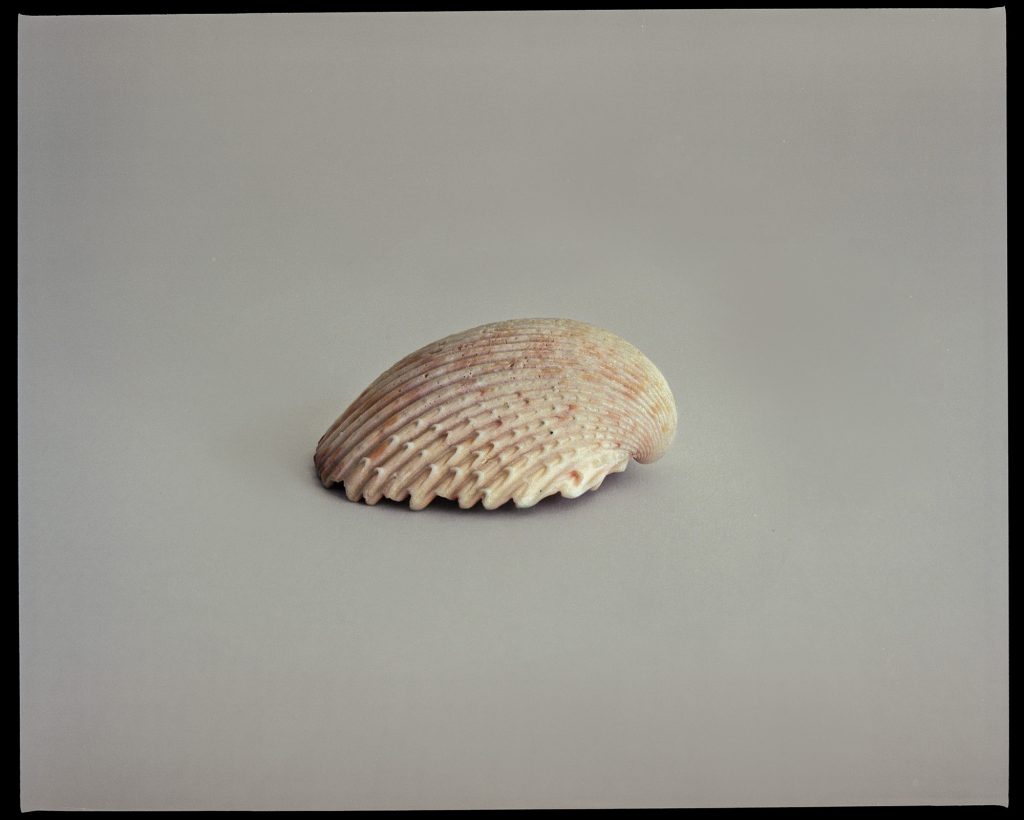
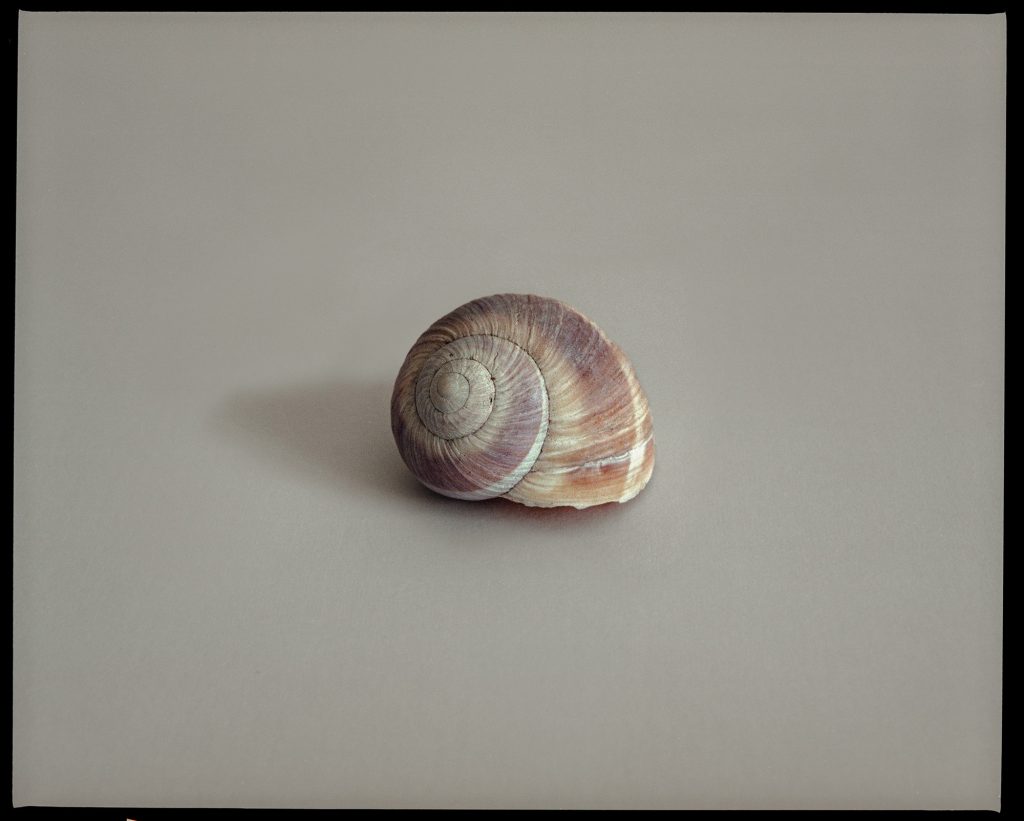
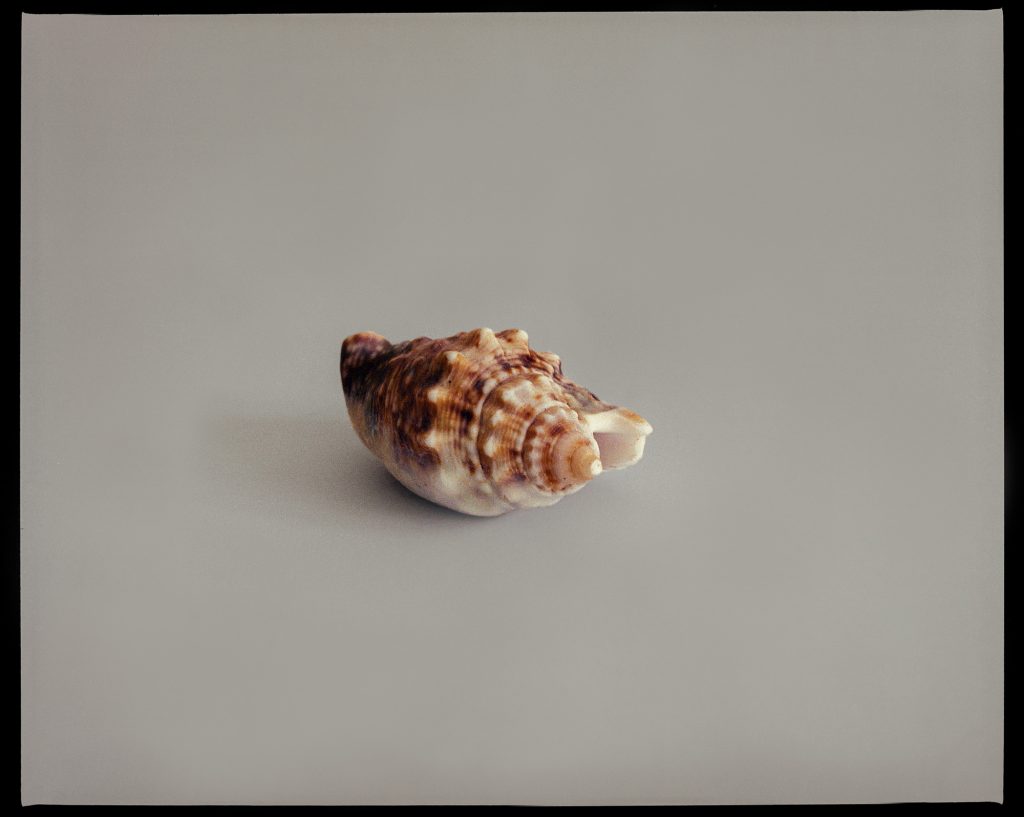
The south-eastern area of Sicily, the Valley of Noto, after the first Greek and Roman archaic settlements, was affected by Norman, Swabian and Spanish dominations. However, the earthquake of 1963 changed its history forever razing to the ground entire cities devastating the urban memory. The present face of this area of the island is the result of cities designed as works of art masterpieces of a civilization derived from the golden stone of the Iblei Mountains.
The first impression of south-eastern Sicily was that of a barren land dotted with shrubs here and there almost to create a lunar paradise and prickly pears. The sea always in the background. The images were the result of my first contact with the island. In the work were also produced still life, “pieces of island” that I collected a little to witness my passage, a little to stimulate my memory.
A strong curiosity falls on Chiafura, the ancient district, carved into the rock, of the town of Scicli.
The Chiafura caves built in the Byzantine period (6th century) were initially used as necropolis to house the Catacombs. The island populations to defend themselves from coastal attacks begin to settle in the quarries in a stable way. This phenomenon increases with the Arab conquest. However, with the advent of the Normans in 1091 the caves became just cave dwellings thus favoring the phenomenon of troglodytism. In the middle of the twentieth century there were still about a thousand inhabitants who lived in caves in condition well beyond the national average. Thus, in the mid-1950s, Chiafura appeared as an intolerable shame and became a national case. In 1959 the institutions of Scicli together with the Italian Communist Party became promoters for the social reintegration of the “cavemen” in the urban center and allow the populations to abandon that lifestyle. The case, raised to the honors of the Italian chronicle will culminate with the “Aldisio law” on social housing.